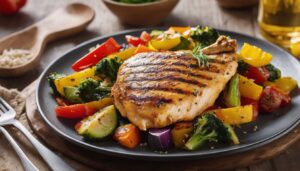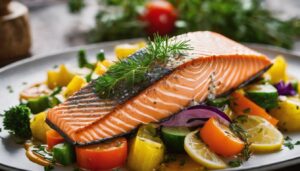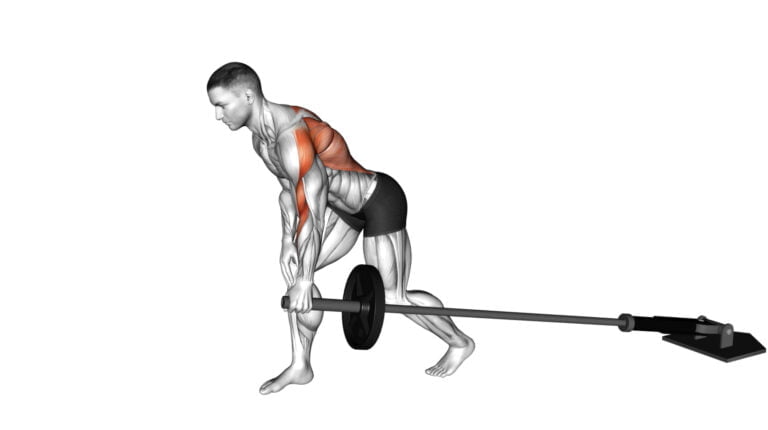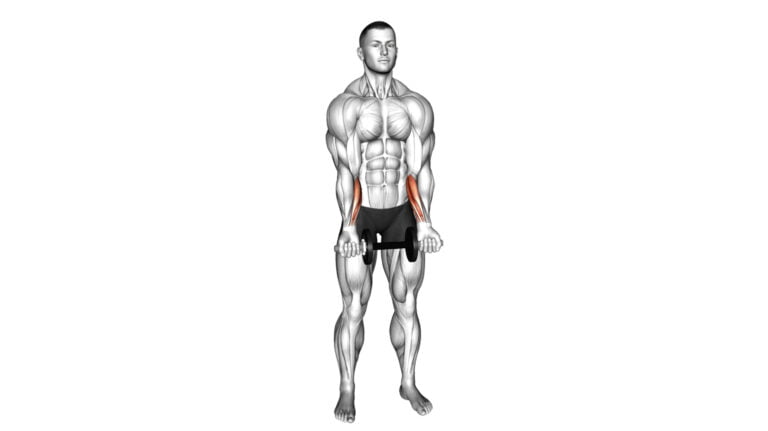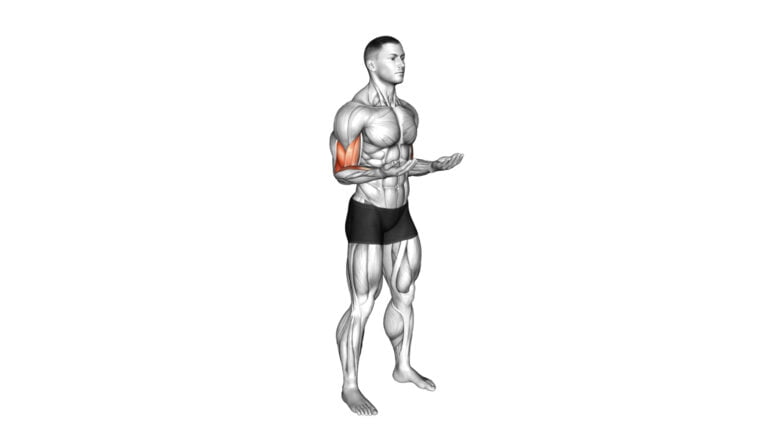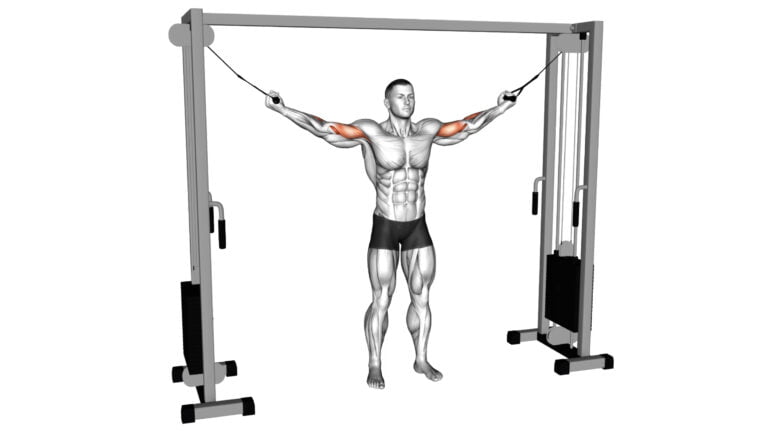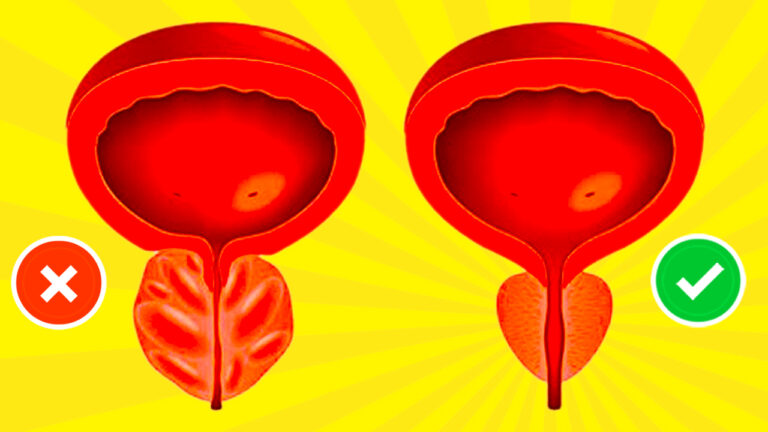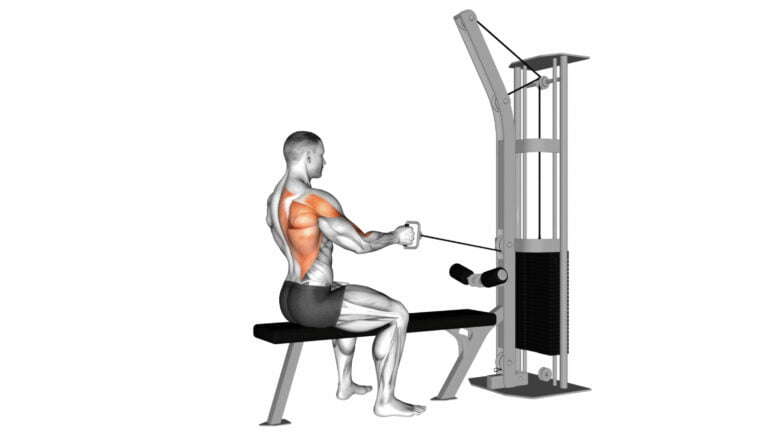Get the Facts: How Many Kilojoules Per Day Exercise Actually Burns
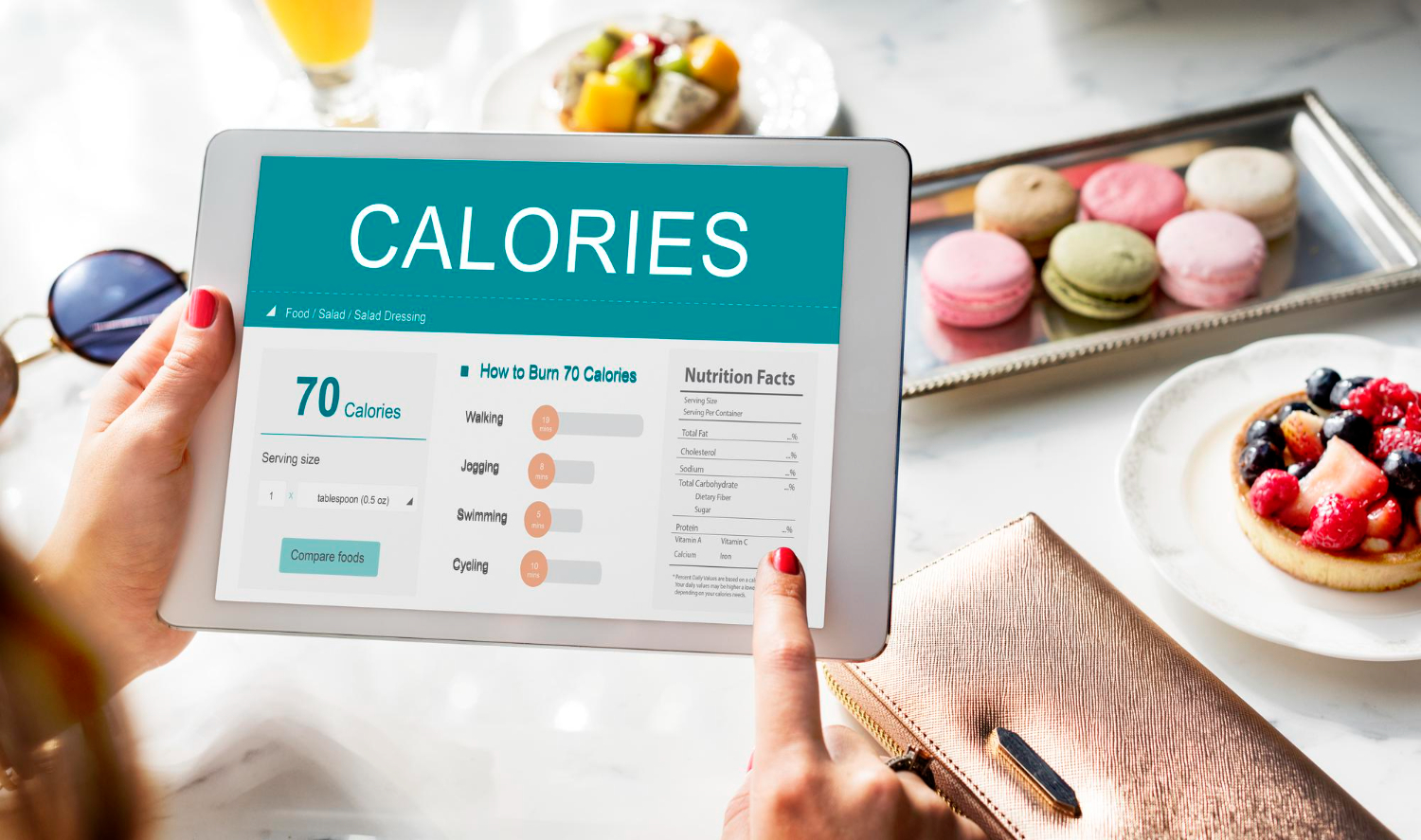
Figuring out how many kilojoules per day exercise burns can feel like a puzzle. Many people get this number wrong, thinking it’s all about huge numbers or tiny meals. But, the truth is more balanced and depends on each person’s body and lifestyle.
Our guide explores the facts, showing you how to calculate and manage your energy needs for health or weight loss.
With over ten years in fitness coaching and sports nutrition advice, I’ve seen firsthand how matching activity levels with the right number of kilojoules can shape success. Whether you’re aiming to lose weight, maintain it, or gain muscle, understanding your daily energy requirements is crucial.
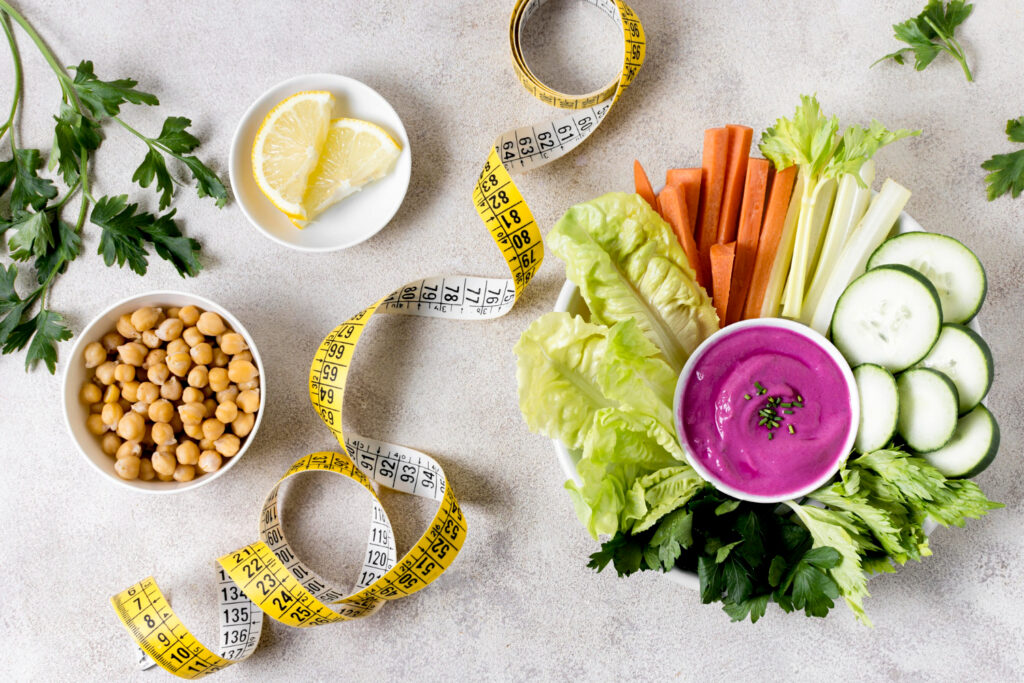
Keep reading to find out why knowing how many kilojoules you need makes all the difference.
Key Takeaways
- Kilojoules measure energy from food and exercise. Your daily needs change based on your weight, goals, and activity level.
- You can calculate exercise burn with online calculators, fitness trackers, or expert help. Tracking helps manage weight.
- Different activities burn different amounts of kilojoules. Running burns more than yoga but both are important for health.
- Eating fewer kilojoules than you burn leads to weight loss. Planning meals and tracking intake can support this goal.
- Use digital tools for precise monitoring of kilojoule intake and expenditure to reach fitness goals faster.
Exploring Kilojoules and Daily Energy Expenditure
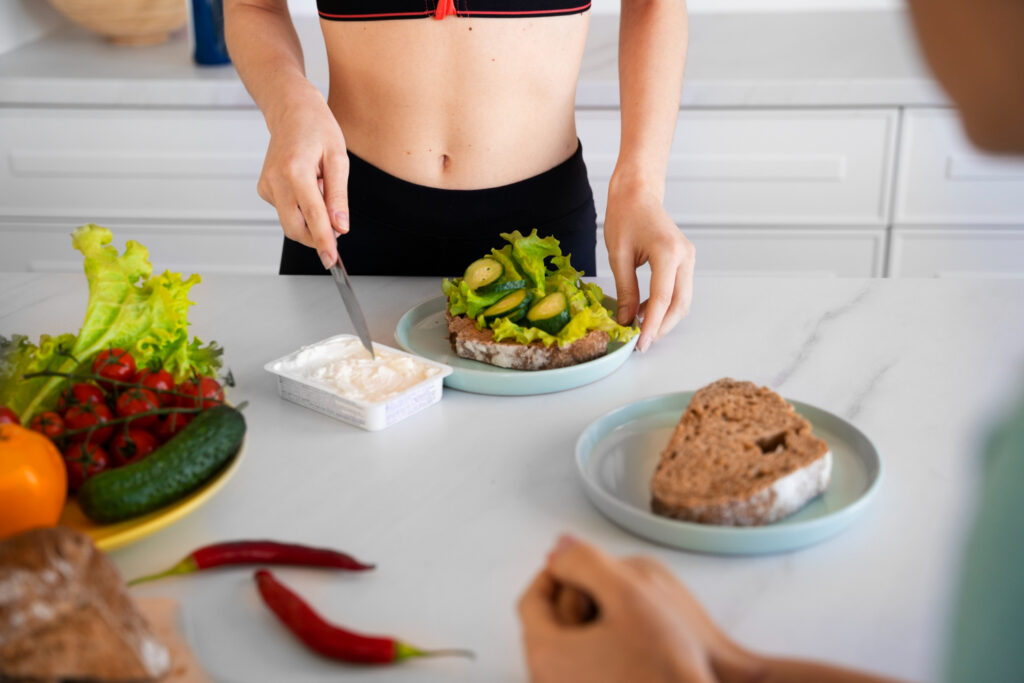
Kilojoules measure how much energy we get from food and drinks or use up during activity. To find out how many kilojoules per day exercise burns, we look at what our bodies need and how activities change that need.
What are kilojoules?
Kilojoules (kJ) measure how much energy people get from food and drinks. Every bite of food and sip of drink gives your body energy. This energy helps you walk, think, breathe, and stay warm.
Think of kilojoules as fuel for your body, like gas for a car. Your body needs a certain amount to work well every day.
Many factors change how many kilojoules you need each day. These include your weight, if you’re trying to maintain or lose weight, and how active you are. If you know how many kj per day your body uses, it can help with reaching an ideal body weight or maintaining a healthy weight.
Now let’s see how daily activities affect our energy needs.
Variables affecting daily energy needs
Your body needs a certain amount of energy every day. This need changes based on many things like your age, whether you’re trying to lose or gain weight, and how much you move. Your metabolic rate also plays a big role.
This is how fast your body uses energy when you’re resting. Think of it as the idling speed of a car’s engine when it’s not moving.
I’ve seen first-hand in my training sessions that people with more muscle burn more kilojoules even when they are not working out. Your current weight and body composition—how much muscle versus fat you have—are key factors too.
If two people weigh the same but one has more muscle, that person will need more energy each day to maintain their weight. The level of physical activity can’t be overlooked either; someone who exercises strenuously will obviously burn more than someone whose job keeps them desk-bound most days.
Now let’s talk about how we figure out the number of kilojoules burned during those workouts…
Calculating Exercise-Induced Kilojoule Expenditure
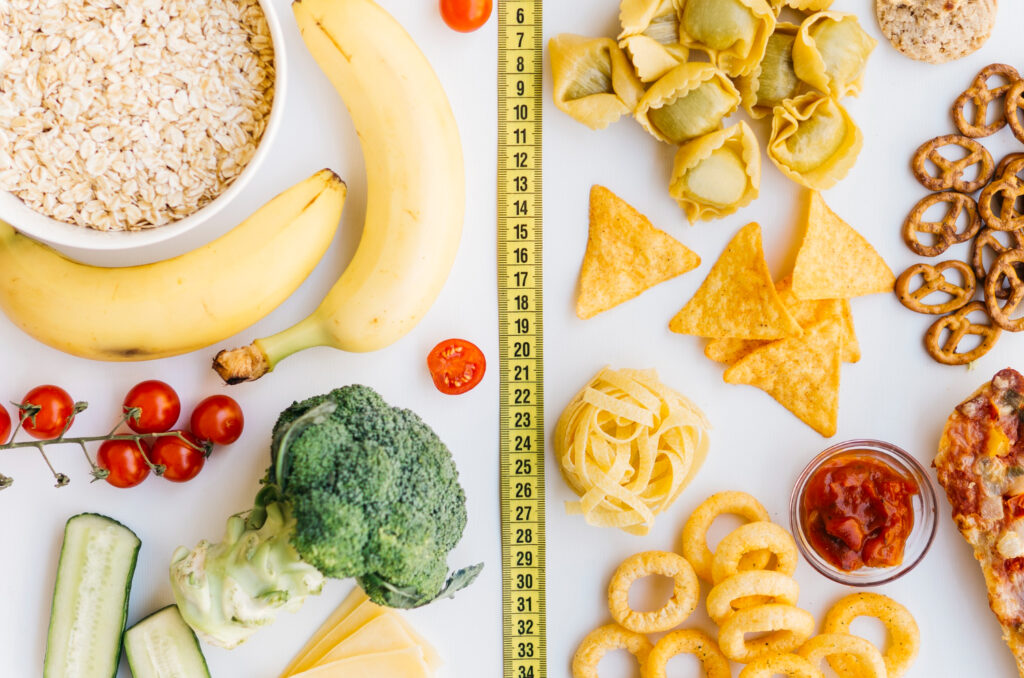
To find out how many kilojoules per day exercise burns, we use special calculators or formulas. These tools look at the type of workout and how long you do it to tell you the number of kilojoules you burn.
Methods to calculate kilojoules burned during workouts
Calculating how many kilojoules you burn during workouts helps you manage your weight better. It’s essential for those trying to lose weight or maintain a healthy body. Here are some methods to figure out your exercise-induced kiloJoule expenditure:
- Use an online calculator: Find a kilojoules calculator on the internet. These tools ask for your weight, the type of activity, and how long you do it. They use this info to estimate how many kilojoules you burn.
- Wear a fitness tracker: Devices like smartwatches measure your heart rate and movement. They can tell you how much energy you spend during different activities.
- Check exercise equipment displays: Treadmills, bikes, and other gym machines often show calories burned. You can convert calories to kilojoules (multiply by 4.184) to know your number.
- Work with a dietitian or health professional: These experts can give you personalized advice based on your body weight, fat percentage, and activity level.
- Keep a workout log: Note down what exercises you do and for how long each day. Pair this with an online tool or app that counts food intake and exercise to stay on track.
- Listen to your body: Pay attention to how intense an activity feels and learn from experience which ones help you shed more energy.
Using these methods will guide anyone wanting to lose weight or just keep fit in understanding their daily energy needs better. Effective tracking lets you adjust your diet and workout plan as needed.
Kilojoule expenditure in common physical activities
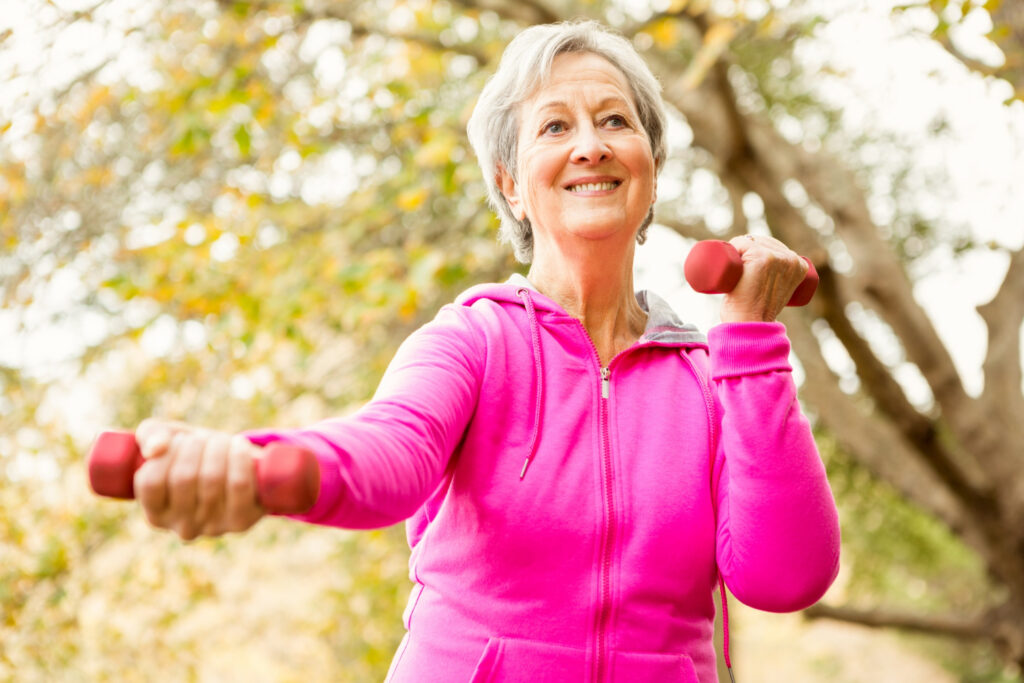
Understanding how different physical activities burn kilojoules helps us manage our energy intake and output. Here’s a simple guide, based on my experience and knowledge, to give you an idea of what to expect from various exercises.
| Activity | Kilojoules Burned per Hour |
|---|---|
| Light walking | Approx. 1000 – 1500 kJ |
| Running at a moderate pace | Approx. 2500 – 3500 kJ |
| Cycling at a moderate pace | Approx. 2000 – 3000 kJ |
| Swimming laps, moderate effort | Approx. 2500 – 3000 kJ |
| Strength training, general | Approx. 1500 – 2500 kJ |
| Yoga, general | Approx. 1000 – 1500 kJ |
Each activity burns energy differently. Your weight, the intensity of your workout, and even your metabolism play a role. For instance, I’ve found running offers a high kilojoule burn, making it great for weight management. Yet, yoga, while lower in kilojoule burn, significantly benefits flexibility and mental health. This balance is key in creating a well-rounded fitness routine.
Managing your kilojoule intake and output is essential for reaching your fitness goals. Whether your aim is weight loss or maintaining your current weight, understanding the energy expenditure of these activities can guide your choices.
Kilojoule Management for Weight Loss

To lose weight, you need to know how many kilojoules per day exercise burns. This helps you eat the right amount and not too much.
Recommended kilojoule intake for shedding weight
Shedding weight needs a plan. You must eat fewer kilojoules each day than your body burns. Experts say, for sustainable weight loss, cutting down 500 to 1000 kj daily is smart. This helps most people lose about 0.5 to 1 kg per week.
It’s all about balance – eating enough to fuel your day without overdoing it.
From my years coaching in fitness, I’ve seen how tracking can change the game. Use digital tools like apps or websites that count kilojoules and track exercise to stay on target. They show you not just how many you need but also how many you burn during workouts—from running to lifting weights.
To maintain a healthy weight while losing fat, focus on the balance of what you eat and what you burn.
Modifying kilojoule consumption to accelerate weight loss
Losing weight demands you eat fewer kilojoules than your body burns in a day. Tweaking your daily kilojoule intake can kickstart this process. Here’s how to adjust what you consume for faster weight loss:
- Track everything you eat using food journals or digital apps. Tools like MyFitnessPal help you know exactly how many kilojoules you’re eating and burning.
- Swap out high-kilojoule foods for low-kilojoule ones. Choose fruits and vegetables over fast food and sweets.
- Read food labels to understand the kilojoule content in packaged goods. This makes it easier to pick items that fit into your weight loss plan.
- Prepare meals at home more often. Home-cooked dishes usually have fewer kilojoules than restaurant meals.
- Increase your water intake before meals to feel fuller with fewer kilojoules.
- Set a specific, reasonable reduction in daily kilojoule intake based on advice from an accredited practising dietitian, aiming for a decrease that supports healthy, steady weight loss without depriving yourself of necessary nutrients.
- Focus on whole grains, lean proteins, and healthy fats to stay satisfied longer while keeping your total intake in check.
- Use smaller plates to control portion sizes naturally without feeling restricted.
- Limit empty-calorie drinks like soda and alcohol since they add many kilojoules with little nutritional benefit.
- Boost physical activity to burn more kilojoules each day beyond what dietary changes alone can achieve; think brisk walking or cycling rather than driving for short trips.
These steps helped me not just shed extra body fat but maintain my desired weight over time by making smarter choices about how many kilojoules I need each day compared to how many I consume and burn through activity.
Monitoring Kilojoule Consumption Effectively

Keeping track of how many kilojoules you eat and use every day helps a lot. Apps and fitness trackers make it easy to see how many kilojoules per day exercise burns off.
Digital tools for kilojoule tracking
Digital tools make it easy to keep track of kilojoules. Apps and websites can help you figure out how many kilojoules you eat and burn each day. They use your body weight, the food you eat, and your exercise levels.
This tells you if you’re on track with your goals to maintain, lose, or gain weight.
Apps like MyFitnessPal let you scan barcodes on food labels. This shows the amount of kilojoules in what you’re eating.
We also have a database of exercises that show how many kilojoules common activities burn.
So, whether you want to lose weight or just watch what you eat per day, these digital helpers are there for guidance.
Above 50? ➜ A 15-minute STANDING Workout to Lose Weight
Eating right and staying active is easier when you know exactly what’s going into your body.
Why precise kilojoule monitoring matters
Tools that track kilojoules give us numbers. These numbers help us see how much food energy we use each day and during exercise. Precise tracking of these kilojoules is key if you’re trying to lose weight or maintain it.
The right number of kilojoules you need changes based on many factors, like your body size and how active you are.
I’ve seen people guess their daily intake and burn. Most times, they’re off by a lot. This can slow down weight loss or even cause weight gain. Knowing exactly how many kilojoules to eat and burn makes a big difference in reaching fitness goals.
For example, aiming for 2000 kj less or more per day can help someone lose or put on weight safely over time. Tracking helps avoid the guesswork in managing daily functions and energy levels too.
Conclusion

Finding out how many kilojoules per day exercise burns helps us manage our health better. We saw that kilojoules measure the energy we use and get from food. Everyone needs a different amount based on their body and activity level.
You can figure out your workout burn with apps or gadgets. They make it easy to see how exercises like running or swimming affect you. If losing weight is your goal, you now know ways to adjust what you eat and move more to speed things up.
Start tracking your daily burn with these tips – it could lead to big changes!
FAQs
1. How many kilojoules do I need to burn in a day to lose weight?
To lose weight, you first need to know how many calories you should burn. Then, convert those calories into kilojoules… It varies for everyone! Your height and weight play a big part. Use a body weight calculator to get your number.
2. What’s the average amount of kilojoules an adult needs per day just to maintain their weight?
For the average adult human, it depends on so much – like if you exercise strenously or not. But generally, folks need enough food energy—measured in kilojoules—to keep going each day without gaining or losing.
3. Can I calculate how many kilojoules I should eat and then work out how many extra I can have if I’m pregnant?
Yes! In fact, during the second trimester, there’s a formula: your usual kj intake plus some extra… because baby needs nutrients too! The exact kj extra will vary depending on individual needs.
4. Does exercising more mean I can eat more and still maintain my weight?
Absolutely – burning calories through exercise means you can consume more kilojoules while keeping your scale steady. Think of it as earning food credits by being active!
5. How does knowing the number of kilojoules on labels help me with my diet?
Seeing those numbers helps you track what goes in versus what you burn off each day—key for hitting those weight loss goals or simply aiming to maintain your current shape.
6. Why does the amount of energy—I mean, kilojoules—I need change so much from person to person?
It really comes down to your personal details… like age, gender height and even how active you are daily determines how many kilojoules per day exercise is right for maintaining or adjusting body mass.

Author
Years ago, the spark of my life’s passion ignited in my mind the moment I stepped into the local gym for the first time. The inaugural bead of perspiration, the initial endeavor, the very first surge of endorphins, and a sense of pride that washed over me post-workout marked the beginning of my deep-seated interest in strength sports, fitness, and sports nutrition. This very curiosity blossomed rapidly into a profound fascination, propelling me to earn a Master’s degree in Physical Education from the Academy of Physical Education in Krakow, followed by a Sports Manager diploma from the Jagiellonian University. My journey of growth led me to gain more specialized qualifications, such as being a certified personal trainer with a focus on sports dietetics, a lifeguard, and an instructor for wellness and corrective gymnastics. Theoretical knowledge paired seamlessly with practical experience, reinforcing my belief that the transformation of individuals under my guidance was also a reflection of my personal growth. This belief holds true even today. Each day, I strive to push the boundaries and explore new realms. These realms gently elevate me to greater heights. The unique combination of passion for my field and the continuous quest for growth fuels my drive to break new ground.


